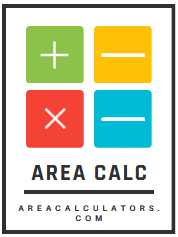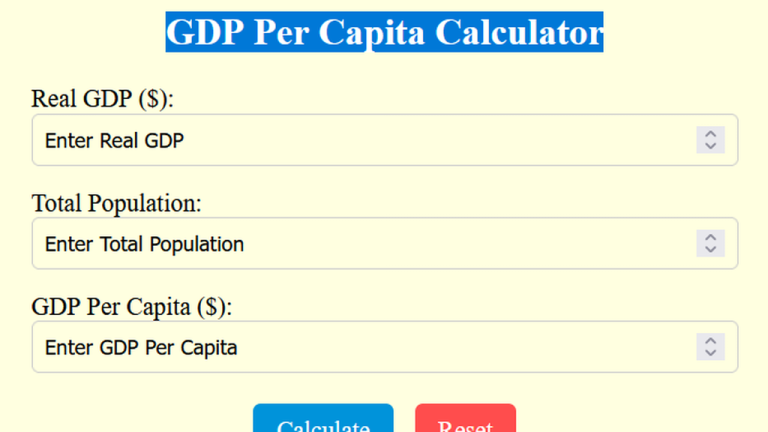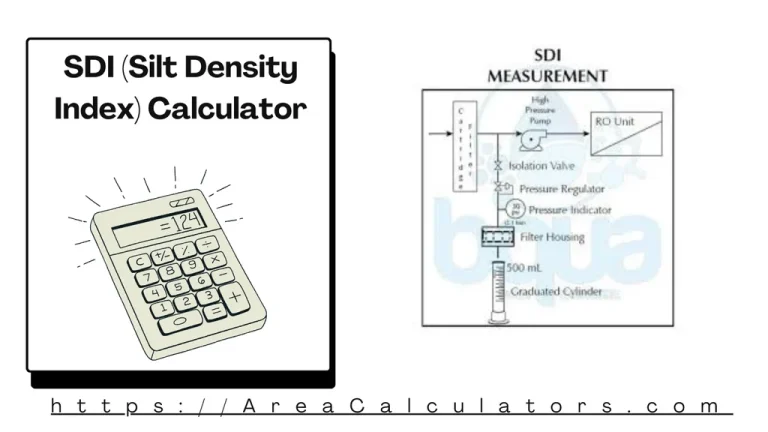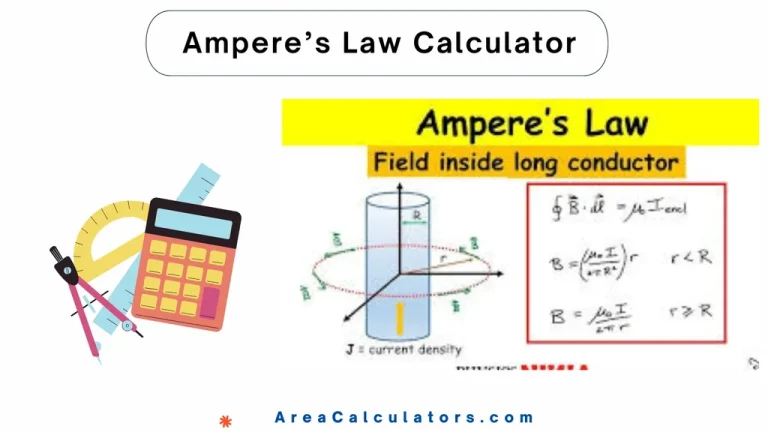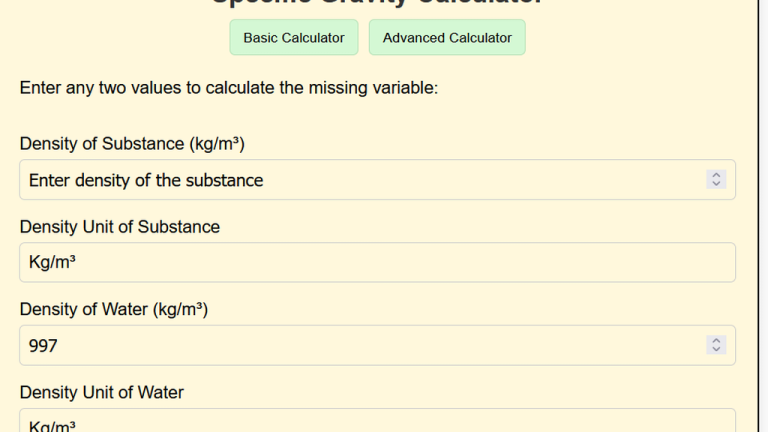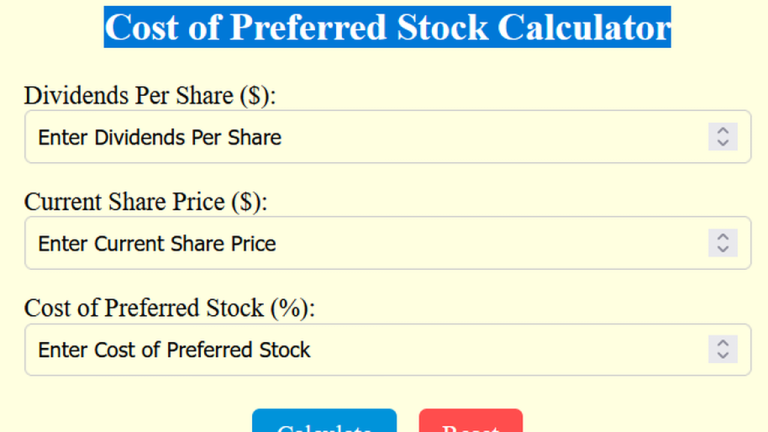Pure Tone Average Calculator
To find the Pure Tone Average (PTA), add the hearing threshold levels at four frequencies (usually 500 Hz, 1000 Hz, 2000 Hz, and 4000 Hz) and divide the sum by 4.
The Pure Tone Average Calculator is a key tool in audiology, helping to quantify hearing loss by averaging threshold levels across specific frequencies. This metric is derived from a pure tone audiogram, which measures the softest sounds a person can hear at various frequencies.
Whether assessing hearing health, diagnosing conditions, or planning hearing aids, this calculator provides an accurate representation of auditory capability. Clinicians, audiologists, and hearing specialists rely on PTA calculations to interpret hearing test results and recommend effective interventions.
Formula
PTA = SUM(TL) / 4
| Variable | Definition |
|---|---|
| PTA | Pure Tone Average |
| TL | Threshold Levels at 500 Hz, 1000 Hz, 2000 Hz, and 4000 Hz |
Solved Calculations
Example 1: Calculate PTA for threshold levels: 20 dB, 25 dB, 30 dB, and 35 dB.
| Variable | Value |
|---|---|
| Threshold Levels (TL) | 20, 25, 30, 35 |
| PTA | 27.5 dB |
Example 2: Determine PTA for threshold levels: 15 dB, 20 dB, 25 dB, and 20 dB.
| Variable | Value |
|---|---|
| Threshold Levels (TL) | 15, 20, 25, 20 |
| PTA | 20 dB |
What is Pure Tone Average Calculator?
The Pure Tone Average (PTA) Calculator is a specialized tool used to determine the average hearing threshold levels at specific frequencies during an audiometry test.
It plays a crucial role in diagnosing hearing impairments and assessing the severity of hearing loss.
The calculator requires inputs from the pure tone audiometry test, which measures hearing sensitivity at frequencies such as 500 Hz, 1000 Hz, and 2000 Hz.
By averaging these values, the PTA provides an overall measure of hearing ability, helping audiologists interpret results. For instance, a normal pure tone audiogram shows thresholds close to 0 dB HL, while higher averages indicate hearing loss.
This tool is especially useful for understanding PTA test results, calculating thresholds for air or bone conduction tests, and interpreting pure tone frequency charts.
Whether you’re analyzing a pure tone audiogram or determining the Fletcher pure tone average, this calculator ensures precision and reliability.
Final Words:
In essence, the Pure Tone Average Calculator is indispensable for audiology professionals. It simplifies hearing threshold evaluations, aiding in accurate diagnosis and treatment planning for patients with hearing concerns.
